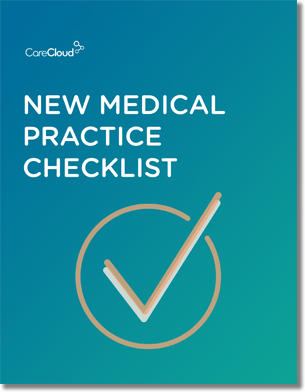Introduction
As the medical billing and coding process is complicated and continues to evolve, it is imperative to grasp the specifications related to bundled codes to save money and time. They consolidate several services and procedures into a single code to streamline the process. This system makes billing more manageable, but there may be complications if not managed well.
Understanding Bundled Codes
Bundled codes are a component of Current Procedural Terminology (CPT), owned and updated by the American Medical Association (AMA). These codes include procedures or services frequently associated with one code. For example, bundled codes group all services, such as prenatal visits, delivery, and postpartum care, into one code when billing for obstetrics instead of billing each service separately. The goal of bundled codes is to reduce paperwork and make reimbursement easier.
However, bundle codes can also lead to underbilling. This is because some of the services that must be provided to the patient are included in the bundled code, and if sent as a separate bill, the provider cannot be paid. Therefore, knowing when and how to use bundled codes correctly is necessary because correct coding ensures timely payment.
Issues of Using Group Codes
The most frequent violation related to bundled codes is unbundling, in which a provider attempts to charge separately for a service included in a bundled code. Unbundling is considered fraudulent, and persons involved in its execution can suffer heavy consequences. That means to prevent unbundling of services bundled under a particular code, one has to determine which services are included in that code to avoid unbundling and to conform to the laws governing billing.
In another case, some hospitals have been found to have misused the modifier codes. Postpositions give supplementary information about a service, such as whether the procedure was done on a different body part or a distinct occasion. However, so long as modifiers are used correctly, there shouldn’t be a problem, or at least there shouldn’t be any reason for potential audits. For instance, adding a modifier to services that should be billed jointly is unworthy and may attract denial or penalties.
Preventative Measures of Bundled Code Techniques
Here are some strategies to help you navigate bundled codes effectively:
- Stay Updated on Coding Guidelines: The CPT coding system is revised annually. These updates often refer to coding rules that may change over time. Staying informed of these updates and participating in continuing education may be helpful.
- Use Coding Resources: Always refer to the CPT coding manual and use trusted websites and software to avoid problems. These resources can help identify which services are included in the bundled code and how to apply modifiers appropriately.
- Consult with a Certified Professional Coder (CPC): If you have some uncertainties about using bundled codes or modifiers, contact the Certified Professional Coder or other coding specialists. They can be consulted in numerous coding questions and assist an individual in avoiding potentially fatal errors.
The Role of Technology in Managing Bundled Codes
With computerization and automation, managing billing issues has become easier. Some activities that can be performed under coding include Medical billing software and electronic health records (EHR), which can help minimize mistakes. These systems can indicate a problem with bundled codes, such as unbundling or improper modifier application, and describe how to resolve this problem.
Still, one must remember that technology is a great assistant that does not fail but is not perfect. Bundling codes requires the supervision of humans to ascertain that correct codes are selected and that if any complications arise, they are handled promptly. Using technology alongside a solid understanding of bundling code guidelines and requirements can help healthcare practitioners manage the process more efficiently.
Conclusion
Bundled codes are critical in medical billing and are meant to streamline the process. However, they can lead to multiple issues if not correctly used. While general surgery practitioners continue to learn about new coding guidelines using coding tools, technology, and internal assessment, they can easily manage bundled codes. The success factor is to embrace education, proper utilization of technology, and correct coding to secure the appropriate payment to the health care providers.

Do you know what you need when setting up a new medical practice?



